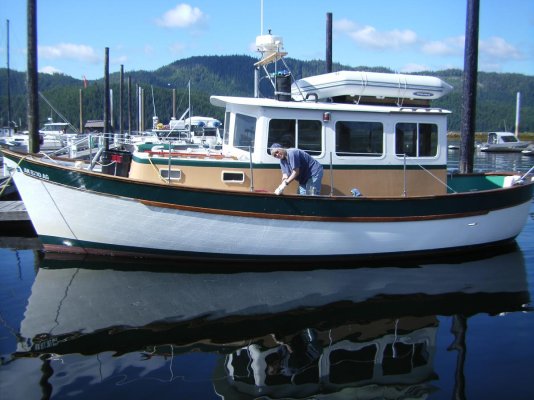O C Diver
Guru
- Joined
- Dec 16, 2010
- Messages
- 12,865
- Location
- USA
- Vessel Name
- Slow Hand
- Vessel Make
- Cherubini Independence 45
So let's say your cruising will be the USA and Canada. If you have propane on the boat, is it still fairly easy to get your tank(s) refilled within a reasonable distance of the average marina? Reason I ask is that the country has gone to swapping tanks in a big way and many of the places that use to pump, now just swap. Other than the 15 pounds they put in the 20 pound tank  , I think I would rather have aluminum tanks instead of steel (no rust). This is aimed at long term cruising (the loop) not the 2 week vacation.
, I think I would rather have aluminum tanks instead of steel (no rust). This is aimed at long term cruising (the loop) not the 2 week vacation.
What say you?
Ted
What say you?
Ted


